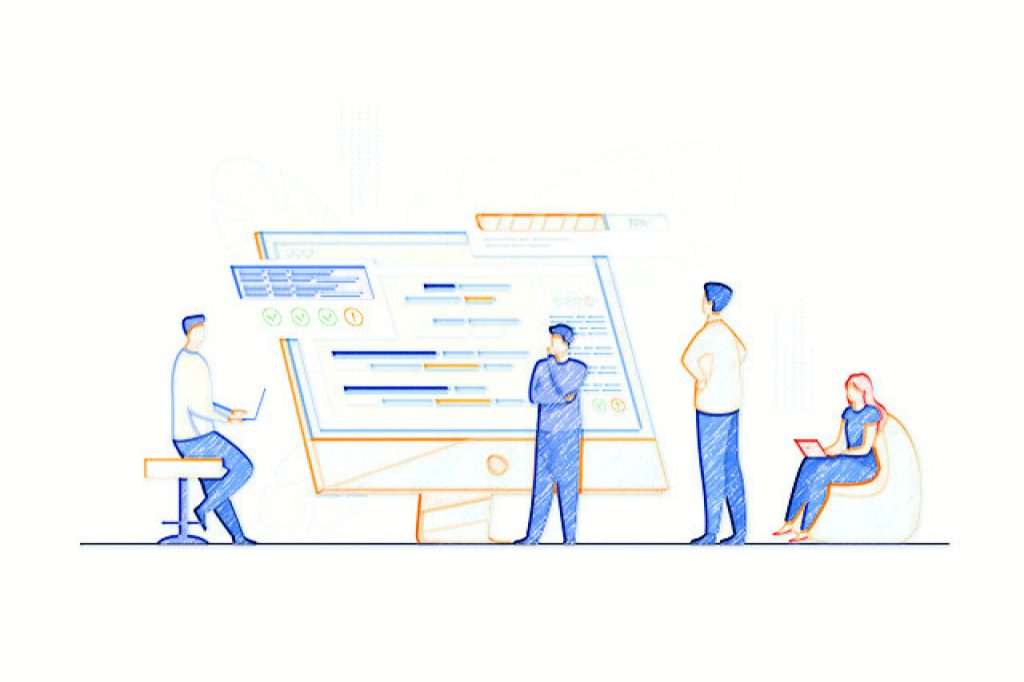When defining business requirements for a software development project, it’s important to clearly describe the problem or opportunity that the software will address and the specific business goals that the software must meet. Here are some tips for clearly defining business requirements:
- Identify the problem or opportunity: Clearly and concisely describe the problem or opportunity that the software will address. Be specific about the business goals that the software must achieve.
- Gather input from stakeholders: Identify the key stakeholders who will be impacted by the software and gather their input to ensure that the software meets their needs.
- Define success metrics: Clearly define the success metrics that the software must meet in order to achieve the business goals. These may include metrics such as increased efficiency, cost savings, or increased revenue.
- Describe the desired outcome: Describe the desired outcome of the software in terms of how it will improve the business. This will help to ensure that the software development company fully understands the business requirements and can deliver a software that meets your needs.
- Prioritize the requirement: Prioritize the requirement in terms of their importance and urgency. This will help to ensure that the software development company focuses on the most critical requirements first and that the software meets the most important business needs.
- Be detailed: Be as detailed as possible when describing the business requirements. This will help to ensure that the software development company fully understands your requirements and can deliver a software that meets your needs.
Example:
Here’s an example of how a business requirement for a software development project could be clearly defined:
Business Requirement:
- Problem: The sales team is currently using a manual process to track customer orders, which is time-consuming and error-prone.
- Opportunity: Implementing a new software system to automate the order tracking process will increase efficiency and accuracy, resulting in increased sales and customer satisfaction.
Specific Business Goals:
- Reduce the time spent on order tracking by 50%
- Increase accuracy of order tracking by 90%
- Increase sales by 20%
Stakeholders:
- Sales team
- Customer service team
- Management
Success Metrics:
- Number of orders processed per hour
- Number of errors in order tracking
- Sales revenue
Desired Outcome:
- The new software system will automate the order tracking process, allowing the sales team to spend more time on selling and less time on administrative tasks. This will result in increased efficiency, accuracy, and sales.
Prioritizing Requirements:
- Automating the order tracking process is the most critical requirement, as it is the foundation of the project.
- Implementing a user-friendly interface for the sales team to enter and track orders is the second-most critical requirement, as it will be used by the sales team on a daily basis.
- Implementing a reporting feature for management is the third-most critical requirement, as it will provide visibility into the performance of the sales team.
As you can see, this example clearly defines the business requirement by describing the problem, opportunity and specific business goals, identifying the stakeholders, defining success metrics, describing the desired outcome, and prioritizing the requirements. This will help the software development company understand the business requirement and develop a software that meets the specific needs of the business.
Checkout our complete comprehensive guide to get complete knowhow as to how to document your business requirement for development company.
Part 1: How to document your business requirement or idea to communicate to development partner or team
Part 2: Defining Business Requirements
Part 3: Defining Functional Requirements
Part 4: Defining Non-Functional Requirements
Part 5: Defining Technical Requirements
Part 6:Defining Acceptance Criteria
Part 7: Defining Timelines and Deliverables
Part 8: Identifying Stakeholder Information


